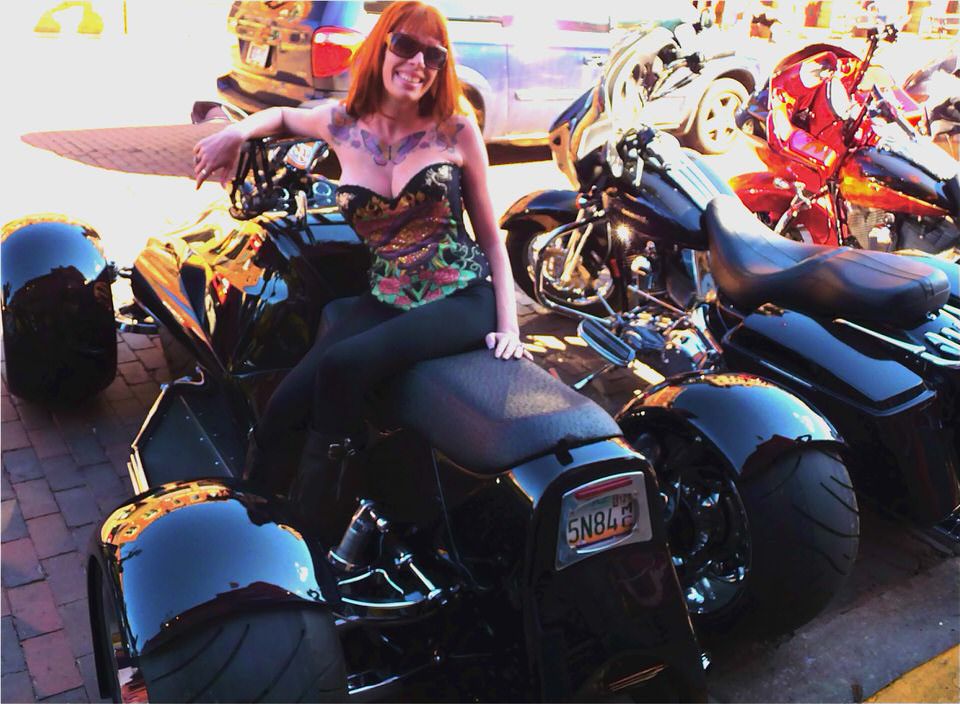
Archive
Fun R/C quotes – Part 9
Helicopters are like horror movies. You know something bad is going to happen, you just don’t know when.
If you heli is coming towards you, throw your transmitter at it and run.
“You watch the head, I’ll watch the tail.”
Getting Started on RC Helicopters – Part 6 (Learning to fly)
In this (very long) post, i will go through the several stages of learning to pilot a RC helicopter. I can tell you it will not happen without practice and time, so keep your anxiety controlled. But, if you follow these guidelines, you should be able to progress in your skills and soon will be flying like Tareq Al Saadi !
Level 1 – The hover
This first step into flying model helis is probably the hardest part to learn, mainly because you have to do it yourself. Of course an instructor can hover your model and show you the basic controls, he will make it look very easy but at least you know that if he can do it, the model must be okay. On your first attempt at hovering you might wonder what you have got yourself into as it seems almost impossible, don’t worry, its like riding a bike and once you can hover there is no going back.
You will need to fit a training under carriage, there are two types, crossed sticks with balls on the end or crossed sticks with a standard hula-hoop attached, either type is okay and they are usually fitted using cable ties.
Whatever radio you use make sure you have the best gyro you can afford as this will make control of the tail a lot easier. If you can get your hands on a good simulator it will help considerably, and at around £100 if you have a PC, it will be money well spent.
Try to choose a day with little or no wind and make sure you keep the model pointing into wind as this will help to keep the tail straight, all you are trying to do at this stage is to keep the model hovering on the spot at about 1 to 6 inches (25mm to 150mm) high, if it gets any higher, lower the throttle, land and try again. Just keep practising for as long as it takes, it will probably take several visits to the flying field to perfect the tail in hover.
So you can hover tail in and land fairly smoothly. Do not remove your training under carriage; it will still be useful for the next step, which is hovering side on. You can do this by hovering diagonally and gradually turning the model side on as you progress, make sure you practise on both sides of the model, it is very easy to get handed and once you have got the habit of hovering only your favoured side it is hard to get out of.
All the above will take many hours of practise to perfect so take your time and don’t remove your training under carriage until you feel you are ready to do so, you may want to move directly on to learning the nose in hover while you have it on, or you can leave nose in hovering until you can fly circuits when you can gradually fly the model towards yourself until you can stop and hover, which way you do this is up to you as I have seen it done both ways.
Remember, the most important things you will need to become an RC Heli pilot are patience and determination.
Level 2 – First Circuits
Before we get into the flying, set your lower pitch to about minus 2 degrees with 5 to 6 degrees in the hover position and 8 to 9 degrees at the top. It is also useful to set up the radio so that the throttle trim gives you tick over in the middle, idle up at the top and engine cut at the bottom. You should be able to achieve this using the travel adjustment (not the throttle curve) on the transmitter, if not you will have to adjust the throttle servo arm as required.
You should now fly the model with the throttle trim at the high position; this will keep the engine revs up when in negative pitch there-by giving more control. As with learning the hover it is a good idea at this stage to get an experienced pilot to fly the model and adjust the trims as required, this will make it much easier for you.
Start with the model tail in, facing into wind, at a height that you are happy with, then hover over to your left side, back to the middle and then to the right side, keep practising this with the tail in then gradually turn the tail to follow the direction of the model and without stopping in the middle. The turns are initiated by applying lateral cyclic (aileron) to produce a bank, together with tail rotor (rudder) to make the tail follow the turn.
The amount of aileron and rudder applied will vary according to the forward speed of the model and whether you are turning upwind or downwind. With practise this will eventually become a figure eight with the turns at both ends away from you and at the same height all the way round.
Do not be tempted to fly the model in a circuit around yourself; this is bad practise as most flying sites will not permit you to do this, so all flying should be in front of the pilot and anyway, you will not learn much from this as the model is in the same situation relative to you, all the way around.
Some pilots find the transition from forward flight to the hover quite difficult and avoid this manoeuvre by stopping the model at height and lowering the model vertically to land. This looks very untidy and if you are ever going to fly in a scale like manor you will have to approach at 45 degrees, you will also need to be able to do this to learn autorotations.
To return the model to hover from forward flight reduce power and apply back cyclic, adjust the amount of each control to achieve a 45 degree approach. Ideally the approach should be into wind but make sure you practise from the left and right to avoid getting handed.
As you gain confidence with flying circuits try to gradually make them higher and faster. The height will be useful later when you attempt new manoeuvres, giving you more time to correct a mistake before the ground comes up! Also don’t be afraid to fly on a windy day, I have seen many pilots build up a fear of the wind and you can’t let the weather stop you flying, particularly if you live in the UK.
Remember, the only way to learn is stick time and lots of it.
Level 3 – Autorotation
There are many pilots who advance to quite a high level of flying yet never bother to learn autorotations (autos), a comment often heard is “why stop an engine that is going perfectly well”, fair comment I suppose but what if your engine cuts, chances are you will panic and crash the model. So there is one good reason to learn autos, the other reason being the shear satisfaction of landing your model time after time with no engine power. I having gone through many stages of learning to fly but I found the autorotation the most rewarding of all.
During autorotation the negative pitch will control the glide angle of decent, this will be about minus 3 degrees but will vary according to wind conditions, blades, and forward speed during the auto. I always set my negative pitch to about minus 5 degrees and then adjust the pitch with the stick to get the ideal decent angle.
Before you start, you will need to set your throttle hold switch so that it gives a reliable engine tick over when operated. If your tail is driven during autos you should set the tail blades with no pitch when the hold switch is operated, as there is no torque from the rotor head during autorotation the tail does not need any counter acting pitch. You must be able to perform a 45 degree approach and landing before any attempt at autos.
Also make sure you are familiar with the throttle hold switch position on the transmitter, you will need to find it quickly while practising.
To give you an idea of how much power is in the rotor head with no engine power, from the ground, raise the throttle until the model is light on the skids, switch to throttle hold and gently add pitch, the model will hover for a short time.
Start by flying your normal circuits at a safe height, when flying into wind hit the hold switch and apply negative pitch, the forward motion of the model should keep the tail straight, if the tail kicks to the left or right return the hold switch to normal and land the model, adjust the tail trim and try again. Once you are happy with the tail trim keep practising autorotation descents but only down to a height that will give you time to abort (return the hold switch to normal).
After hours of practise you will be able to descend at 45 degrees, apply back cyclic to flair (stop the forward speed) and add pitch to land. The difficult part is the timing of all this, if you add to much pitch to early (to high) you will use up the inertia in the rotor head and will not have enough to land. If you add pitch to late the result is obvious.
Autorotations are easier with a 60 size model due to the extra blade power but wither it’s a 60 or 30 size model, the type and weight of the blades will have a major effect on auto performance, use glass/carbon blades like SAB or TG for best performance.
Keep practicing, but remember – it is supposed to be fun!
Level 4 – Setup for Aerobatics
Most transmitters will have three flight modes available via the flight mode switch (sometimes called the idle up switch), this will give you three pitch and throttle curves, one for normal hovering, one for aerobatics like loops and rolls, and the third one can be set for more extreme 3D type flying.
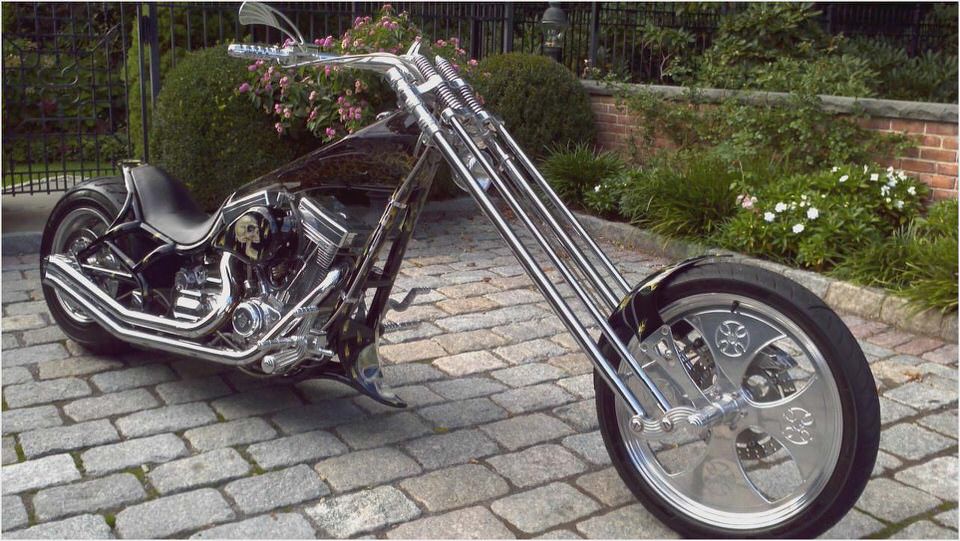
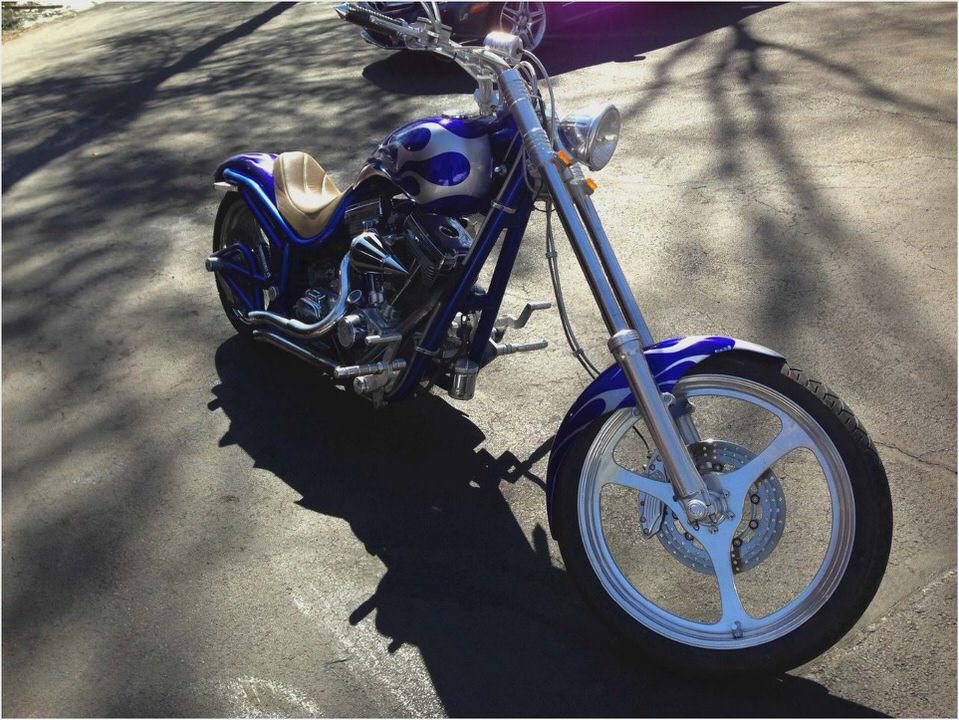
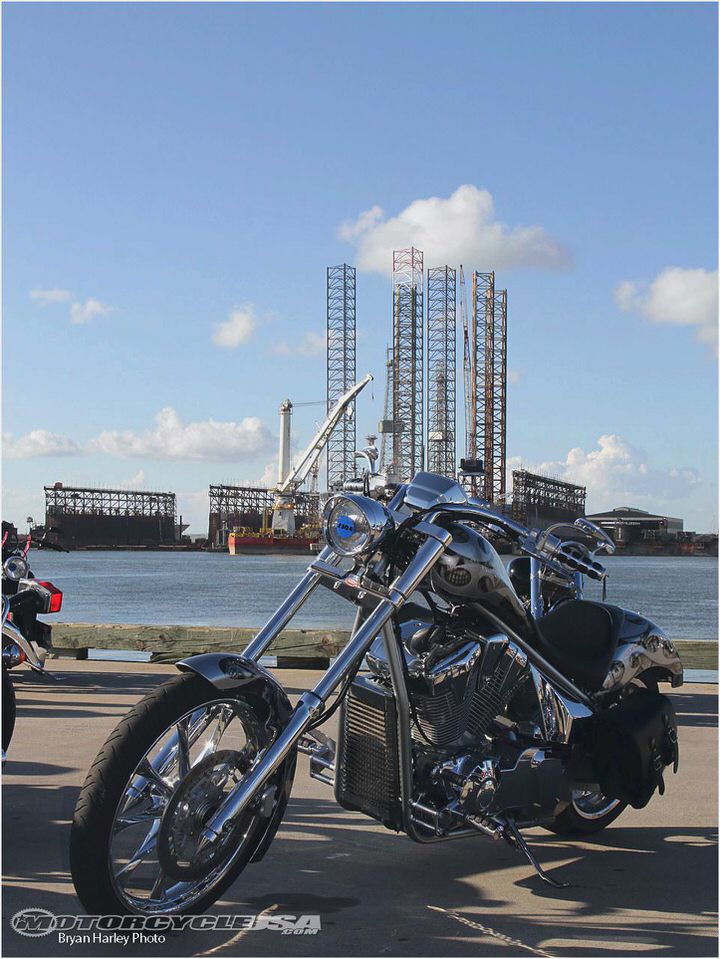
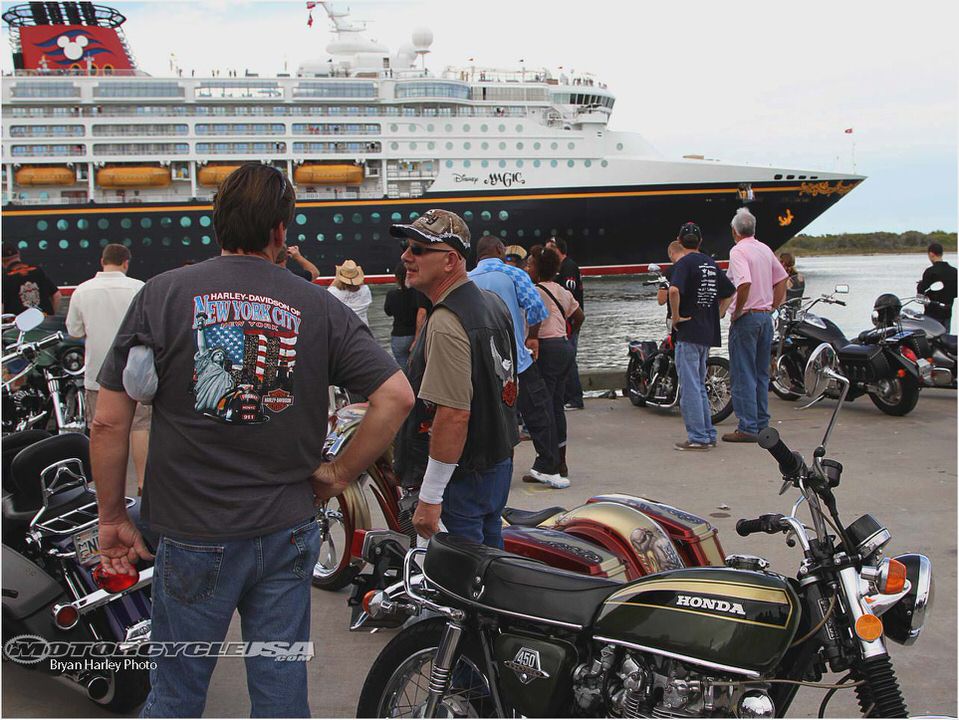
- Thomson Dropper Seatpost Backcountry.com
- Thor Badbikegang
- Bourget’s Bike Works, BMC Choppers, And Scorpion Sports Inc. – Full Service…
- Motorcycles Blow
- 2011 Brammo Empulse – Motorcycle news, reviews & riding tips – bikesales.com.au
